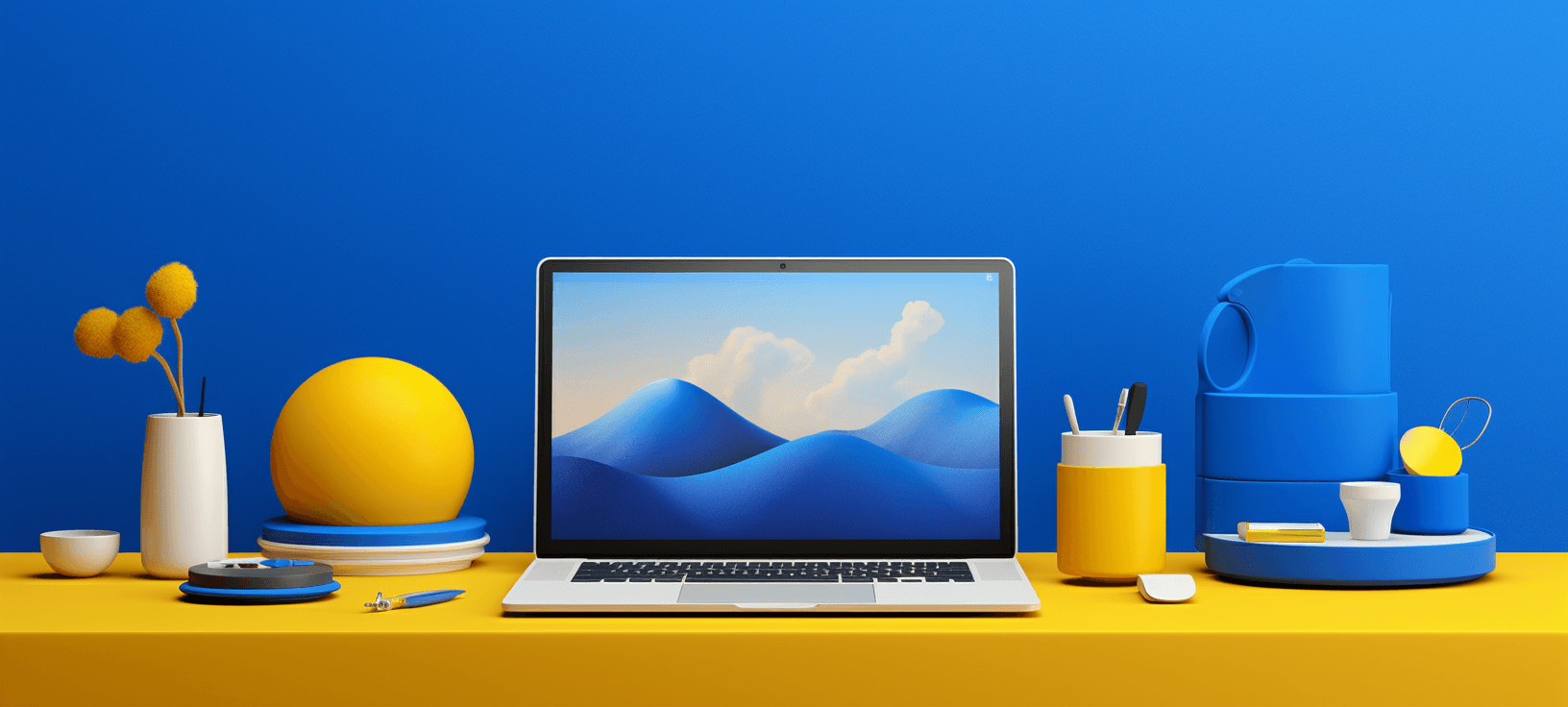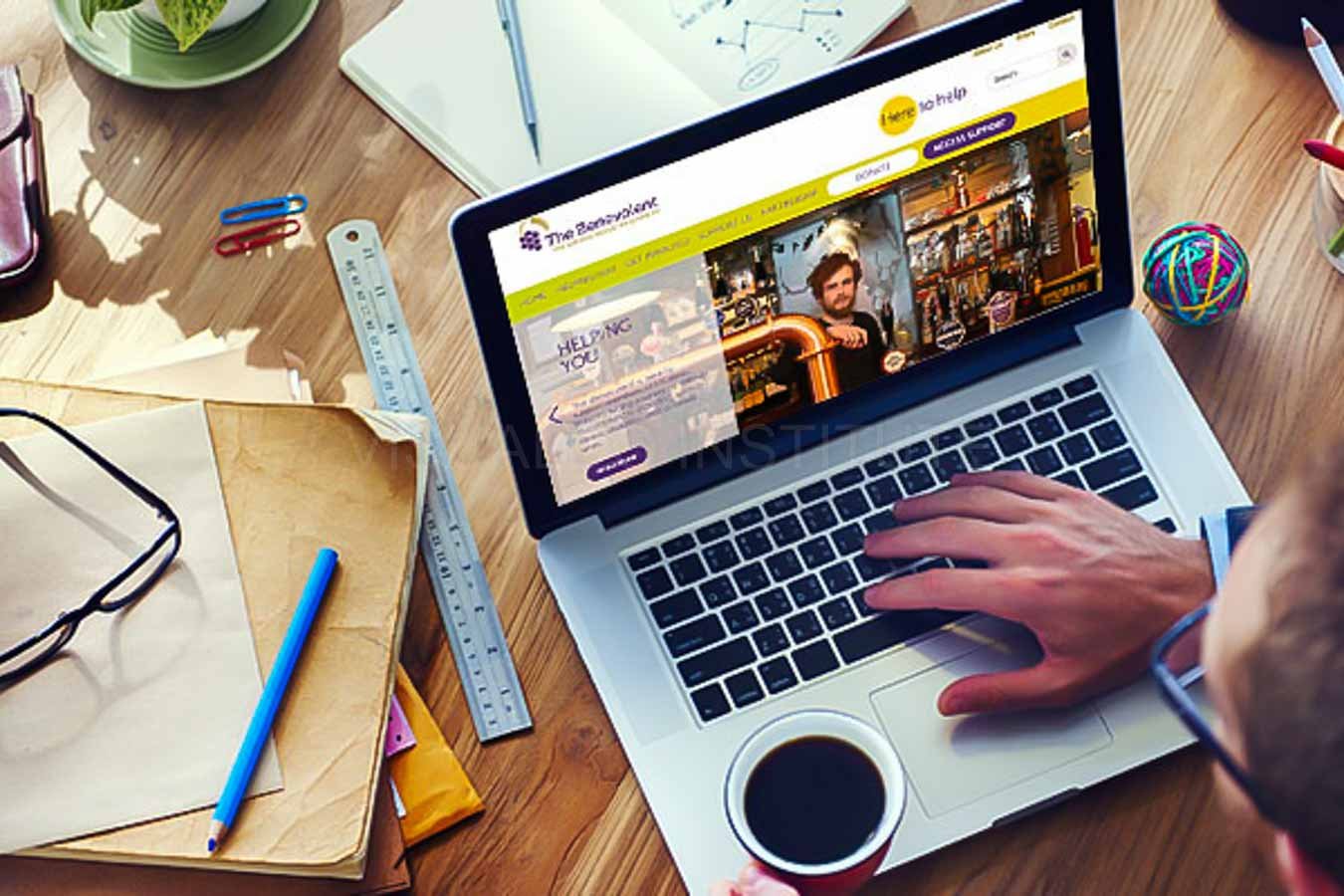Exploring the Relationship Between Web Design and Search Engine Optimization
Exploring the Relationship Between Web Design and Search Engine Optimization
Blog Article
Elevate Your Online Visibility With Spectacular Web Style Tips and Trends
In today's digital landscape, a compelling online presence is vital for businesses seeking to distinguish themselves from the competition. The interaction of visual appeal, present design patterns, and customer experience plays an essential function in achieving this goal. By discovering elements such as minimalism, strong typography, and dynamic color design, you can produce an interesting environment that resonates with site visitors. However, the nuances of effective style expand past visual appeals; understanding vital methods for optimization can significantly influence your success. What details trends and techniques can boost your internet site to brand-new elevations?
Significance of Visual Appeal
This statistic emphasizes the important role that aesthetics play in individual interaction and retention. Effective aesthetic style encompasses components such as shade schemes, imagery, typography, and layout, all of which contribute to a cohesive and enticing individual experience.
In addition, a visually enticing website instills a feeling of integrity and expertise. Users are much more most likely to rely on a website that looks well-structured and polished, which can dramatically affect conversion prices. On the other hand, a chaotic or unpleasant design can result in high bounce prices, as customers might perceive the site as undependable or obsolete.
Furthermore, the appearances of a site can share brand identification and values (Web design). Constant usage of branding elements, such as logos and shade schemes, strengthens recognition and promotes a deeper link with the audience. In conclusion, prioritizing visual appeal is important for producing engaging, reliable, and brand-aligned online experiences that reverberate with individuals
Present Style Trends
Modern web style is frequently advancing, and remaining upgraded with current fads is vital for producing impactful on the internet experiences. One prominent fad is the increase of minimalism, characterized by tidy lines, adequate white space, and a concentrate on crucial components. This technique not just improves usability yet likewise enables content to take spotlight.
Furthermore, dark mode interfaces have gained popularity, offering users with a visually striking option while decreasing eye pressure. This trend aligns well with individual preferences, using a modern-day visual that is both elegant and useful.
An additional noteworthy fad is the unification of strong typography. Designers are significantly using big, meaningful fonts to produce aesthetic hierarchy and communicate brand name messages successfully. Coupled with lively shade schemes, this trend includes dynamism to web pages.

Vital Design Components
Effective internet design hinges on a number of important layout components that with each other create a natural and interesting individual experience. The initial of these elements is design, which determines how material is arranged on the page. A well-structured design not just enhances readability but also guides customers via the site seamlessly.
Color plays a critical function in layout, affecting feelings and brand name understanding. An unified shade scheme can stimulate particular sensations and develop a visual pecking view it order, thereby drawing focus to crucial aspects. In a similar way, typography is important; the option of fonts must straighten with the brand name identification and guarantee legibility across tools.
Additionally, whitespace is typically ignored however is necessary for producing equilibrium. It assists avoid mess, enabling users to concentrate on the crucial aspects without interruption.
Last but not helpful site least, uniformity across all layout aspects reinforces brand name identity and makes navigation instinctive. By diligently incorporating these vital style aspects, internet designers can develop aesthetically enticing and practical websites that mesmerize visitors and urge communication.
User Experience Optimization
A seamless individual experience is important for keeping site visitors and driving conversions on a website. Enhancing user experience (UX) includes understanding your target market and customizing layout aspects to meet their demands efficiently. Trick components of UX optimization include user-friendly navigating, fast packing times, and clear telephone calls to action.
To improve navigating, make sure that menus are organized rationally and accessible from any web page. Include breadcrumb trails to help individuals conveniently backtrack, reducing frustration. Rate is another essential factor; internet sites ought to fill within three secs to avoid customers from deserting the site. Make use of devices like image compression and internet browser caching to optimize load have a peek at this site times.
Furthermore, your web site's layout should prioritize clearness. Usage readable fonts, contrasting colors, and whitespace to create an aesthetically attractive design that overviews customers via content effortlessly. Telephone calls to action need to be plainly displayed, making use of workable language that motivates individuals to involve.
Mobile Responsiveness Approaches
Virtually half of all web website traffic now stems from smart phones, underscoring the relevance of carrying out durable mobile responsiveness strategies. To ensure optimal individual experience throughout different screen sizes, internet designers need to embrace a liquid grid layout that adapts perfectly to various tools. This method allows content to reorganize and resize without jeopardizing functionality or looks.
Including adaptable images and media inquiries is necessary. Photos need to immediately readjust their dimension according to the viewport, while media questions can spot device qualities and apply customized CSS designs accordingly. This method improves load times and ensures that users have an aesthetically enticing experience.
Furthermore, prioritize touch-friendly navigating components. Buttons and links ought to be quickly tappable, with adequate spacing to avoid misclicks. Staying clear of hover-dependent communications further enhances use on touchscreens.
Last but not least, performing normal testing throughout numerous gadgets and browsers is crucial. Devices like Google's Mobile-Friendly Test can help determine locations requiring renovation. By embracing these mobile responsiveness approaches, companies can improve customer involvement, boost search engine rankings, and ultimately drive conversions, consequently boosting their on-line visibility efficiently.
Conclusion
In verdict, the application of efficient website design techniques considerably enhances online presence. By focusing on aesthetic appeal with current style fads and necessary aspects, businesses can foster integrity and engagement. Optimizing user experience and making sure mobile responsiveness are essential for promoting smooth communication across gadgets - Web design. As the digital landscape progresses, embracing these principles will certainly not only mesmerize visitors yet additionally drive conversions, ultimately adding to the total success of online ventures.

Alternatively, a messy or unpleasant design can lead to high bounce prices, as individuals might view the website as undependable or out-of-date. - Web design
Reliable web design hinges on numerous necessary style elements that together create a cohesive and interesting customer experience. Optimizing customer experience (UX) includes comprehending your audience and tailoring style components to satisfy their demands successfully.
Report this page